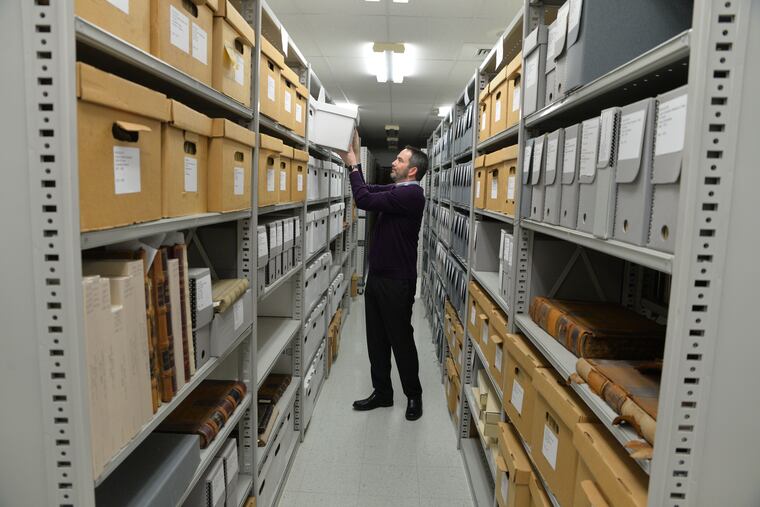Want to see if the British plundered your house during the Revolutionary War? Now you can.
Chester County historians revealed a 5-year project mapping out property lines to put together a more complete picture of the Battle of Brandywine during the Revolutionary War.
